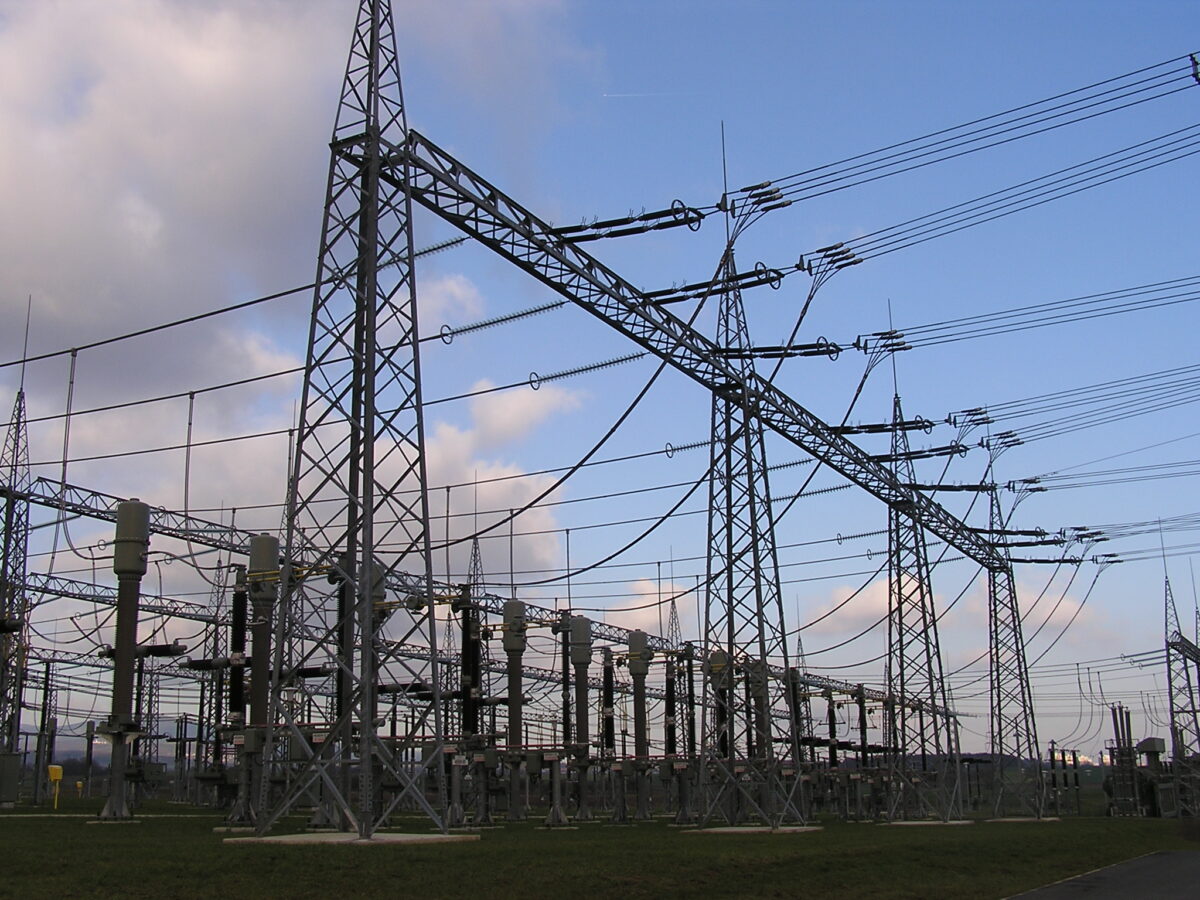Scientists at the National Research Council of Italy (CNR) have conducted a comprehensive overview of grid codes, inverter topologies, and control techniques in nine different countries in an effort to identify the most urgent challenges and concerns that their respective energy markets have to address in order to integrate higher shares of solar and renewable energies.
“The main contribution of this paper consists in gathering new, innovative, and cutting-edge solutions that handle all facets of PV system design, from standard compliance to circuit implementation,” the researchers stated in the study “Grid-connected photovoltaic inverters: Grid codes, topologies and control techniques,” published in Renewable and Sustainable Energy Reviews. “These elements are all intimately connected. The proposed comprehensive research and study may help operators, technicians, and academics gain a thorough understanding of the most important issues and challenges.”
The research group evaluated and compared, in particular, different standards for the grid connection of PV systems in different countries.
The analysis included the IEC 61727 international standard, the US EREC G83/2 Recommendations, Germany's VDE-AR-N 4105 standard, China's GB/T 19964-2012 and the GB/T 20,046 standards, as well as Italy's CEI 0-21 standard. It also comprised Australia's AS 4777.2 and New Zealand's AS 4777.2 standards, as well as the United States' IEEE 1547 standards.
The scientists said this comparison showed that different curves have to be implemented for each of the standards, which they said has a direct influence on the control system implementation. “Different curves correspond to different curves parameters and time thresholds,” they stated. “This mostly affects control parameters, rather than the choice of a specific control system.”
The academics stressed the importance of developing common rules, new inverter topologies, and control methods in order to reach a higher degree of harmonization between different countries. This would enable an easier exchange of services between them, while providing opportunities to develop common communication protocols.
Popular content
The research team identified the CEI 0–21 standard as a useful reference, as it is the only standard that considers the need to establish a communication protocol.
This standard has several intervention thresholds for frequency and voltage and can be implemented in agreement with the grid operator. It also includes a different feature with respect to other standard requirements, which consists of disconnecting the solar plant in the case of islanding conditions.
“In this case the trip time is disabled and the yellow zone can be considered as a normal working zone. The different frequency ranges have an influence on the control system implementation,” the scientist stated. “In this regard, the CEI 0–21 is a useful reference since it emphasizes the need of using a communication protocol.”
This content is protected by copyright and may not be reused. If you want to cooperate with us and would like to reuse some of our content, please contact: editors@pv-magazine.com.



By submitting this form you agree to pv magazine using your data for the purposes of publishing your comment.
Your personal data will only be disclosed or otherwise transmitted to third parties for the purposes of spam filtering or if this is necessary for technical maintenance of the website. Any other transfer to third parties will not take place unless this is justified on the basis of applicable data protection regulations or if pv magazine is legally obliged to do so.
You may revoke this consent at any time with effect for the future, in which case your personal data will be deleted immediately. Otherwise, your data will be deleted if pv magazine has processed your request or the purpose of data storage is fulfilled.
Further information on data privacy can be found in our Data Protection Policy.